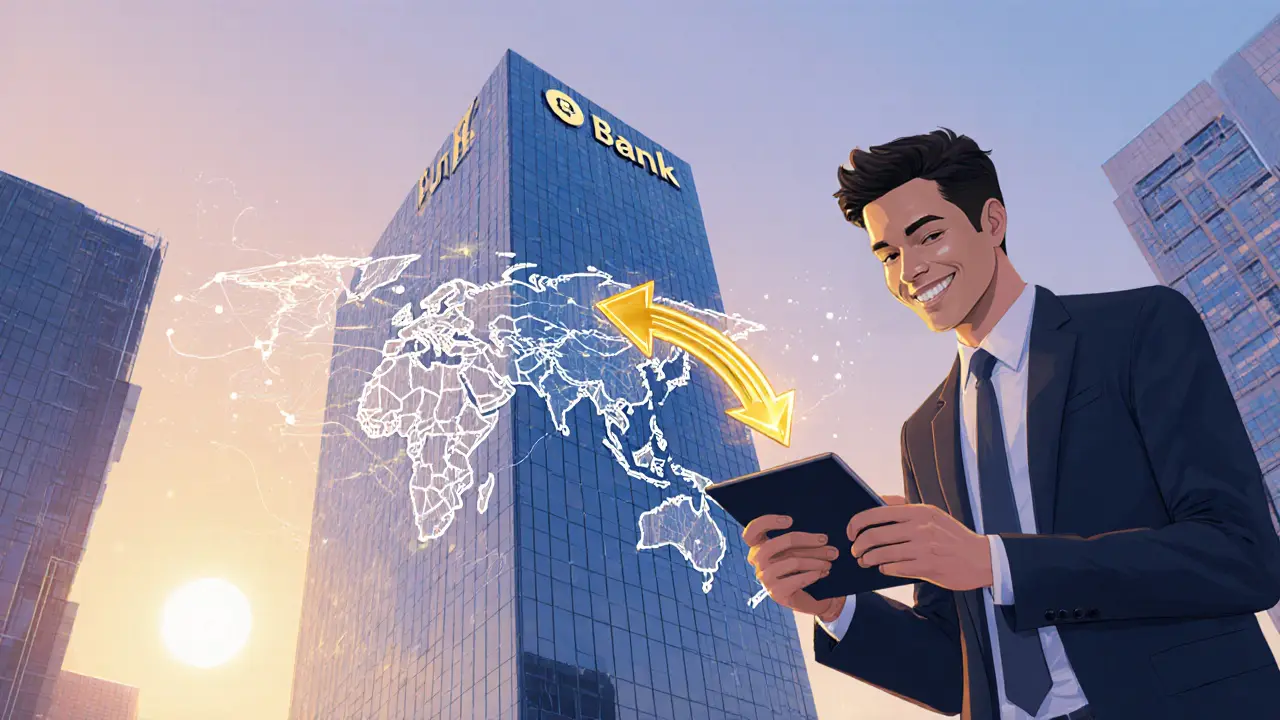Tokenization: Turning Real-World Assets into Digital Tokens
When working with tokenization, the process of converting physical or intangible assets into blockchain‑based digital tokens. Also known as digital tokenization, it lets you own, trade, or program assets on a peer‑to‑peer network. The magic happens on blockchain, a decentralized ledger that records every token transfer securely. To make a token work, you need smart contracts, self‑executing code that enforces the rules of ownership, transfer, and royalties without a middleman. Together, these three pieces create a new economic layer where anything—from real‑estate to a cup of coffee—can be sliced, sold, or programmed.
Why tokenization matters today
First off, tokenization expands market access. Imagine a $10 million artwork that only a handful of wealthy collectors could afford. By tokenizing it, you can issue 10,000 tokens worth $1,000 each, letting small investors own a slice. That same principle applies to real‑estate, commodities, or even intellectual property. Tokenomics, the study of a token’s economic design, determines how supply, incentives, and governance shape value. A well‑crafted tokenomics model can drive liquidity, reward early adopters, and align participants’ interests. On the supply chain side, tokenization adds traceability. Each product gets a unique token that records its journey from raw material to shelf, helping brands combat fraud and improve sustainability.
Tokenization also brings programmability. With smart contracts, you can embed conditions like “pay a royalty every time the token is resold” or “unlock access to a service after a certain date.” This opens up new business models such as subscription‑based NFTs, token‑backed loans, and decentralized finance (DeFi) collateral. The result is a more fluid, automated economy where assets can be locked, rented, or split with a few clicks. In practice, this means faster settlements, lower transaction costs, and fewer intermediaries.
Security is another big factor. Because each token lives on a blockchain, tampering is practically impossible without controlling the network. That doesn’t mean you can ignore risks—poorly written smart contracts can be exploited, and token value can be volatile. However, standards like ERC‑20 for fungible tokens and ERC‑721 for NFTs provide a trusted framework that many developers follow. Audits, bug‑bounties, and community review further harden the ecosystem.
From a regulatory perspective, tokenization is reshaping how governments view assets. Some jurisdictions treat tokens as securities, others as utilities, and a few are drafting specific rules for tokenized real‑estate. Knowing the legal landscape helps you avoid penalties and choose compliant platforms. Across the globe, we see pilots for tokenized bonds, government‑issued digital IDs, and even tokenized carbon credits aimed at offsetting emissions.
All these threads—market access, tokenomics, programmability, security, and regulation—interlock to form a vibrant tokenization ecosystem. Below you’ll find guides that break down specific use cases, from airdrop mechanics for new tokens to detailed reviews of exchanges that list tokenized assets. Whether you’re curious about how to claim a token airdrop, want to compare crypto exchanges, or are looking to understand tokenomics for your own project, the articles ahead give you practical steps and real‑world examples. Dive in and see how tokenization is reshaping finance, supply chains, and beyond.
Financial Institution Blockchain Adoption: 2025 Trends, Benefits, and Implementation Guide
Explore how banks are adopting blockchain in 2025, covering market size, key use cases, implementation steps, challenges, and future outlook for financial institutions.





